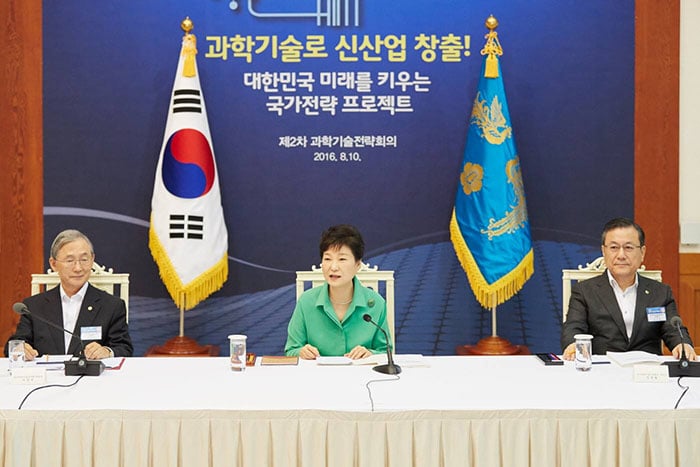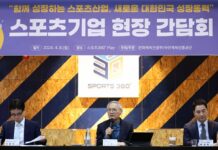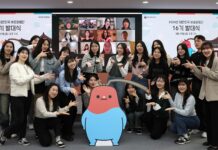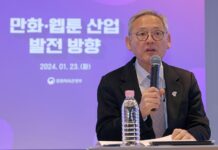
President Park Geun-hye (center) speaks during the second presidential panel on science and technology, at Cheong Wa Dae on Aug. 10.
“Science and technology will help find solutions to overcome this crisis, and also build momentum for the economy to give itself a boost,” said President Park Geun-hye during the second presidential panel on science and technology at Cheong Wa Dae on Aug. 10.
“Facing an era of ‘new normal,’ represented by low-growth, low prices and low interest rates, one of the most urgent tasks is to seek out new engines of economic growth,” the president said during the meeting, unveiling new strategic national projects that could help “create new growth engines in this economy and take a big step forward in terms of people’s quality of life.”
During the meeting, the government unveiled national projects in nine different industries toward which it would direct funding. They are: artificial intelligence (AI); virtual reality (VR) and augmented reality (AR); self-driving cars; lightweight materials; smart cities; precision medicine; carbon capture and storage; particulate matter management and related pollution issues; and, finally, biomedicine and biopharmaceuticals. The government named those industries as having potential breakthroughs that could help break the current era of low growth, and which could lead to the fourth industrial revolution. The government promised KRW 1.6 trillion of financial support for those industries over the next decade.

During the second presidential panel on science and technology at Cheong Wa Dae on Aug. 10, the government named nine industries toward which it will direct financing and which it considers to be national projects that could lead to future economic growth.
To begin with, the government will encourage industry convergence and the creation of new industries using IT and other technologies that could be applied to South Korea’s traditional industrial strengths, like ship building, automobiles and construction.
As for self-driving cars, core components of such vehicles, like radar and video sensors, will be developed domestically by 2019, the government hopes, and a level four automated system model will be unveiled by 2024, it said.
For smart cities, the aim is more efficient urban management by combining water and energy management systems and by combining management systems of urban infrastructure. Two cities will be chosen as “smart cities” by 2020, and these actual locations will then be models that can provide model smart cities that could be exported.
Lightweight materials, whose demand is skyrocketing thanks to their use in aircrafts and electric cars, are another area of potential growth, the government said. It has budgeted funds for the development of titanium, aluminum and magnesium mass production by 2023.
In terms of AI, VR and AR, the government has set the priority of narrowing the technology gap at the moment.
From speech, vision and voice recognition, through to decision-making platforms, AI technologies will be developed step-by-step, the government said, and by 2020 the nation will have developed technologies that could be adopted first in the public sector, such as against terror and crime, and then in terms of senior citizen assistance. As for the VR and AR industry, source technologies, such as face movement and gesture recognition, sensors and compartments, along with safety-related technologies, will first be secured, the government said, and then lead international standards in the industry with secured technologies that will be completed in the next stage.
By Chang Iou-chung
Korea.net Staff Writer
Photos: Cheong Wa Dae
icchang@korea.kr























